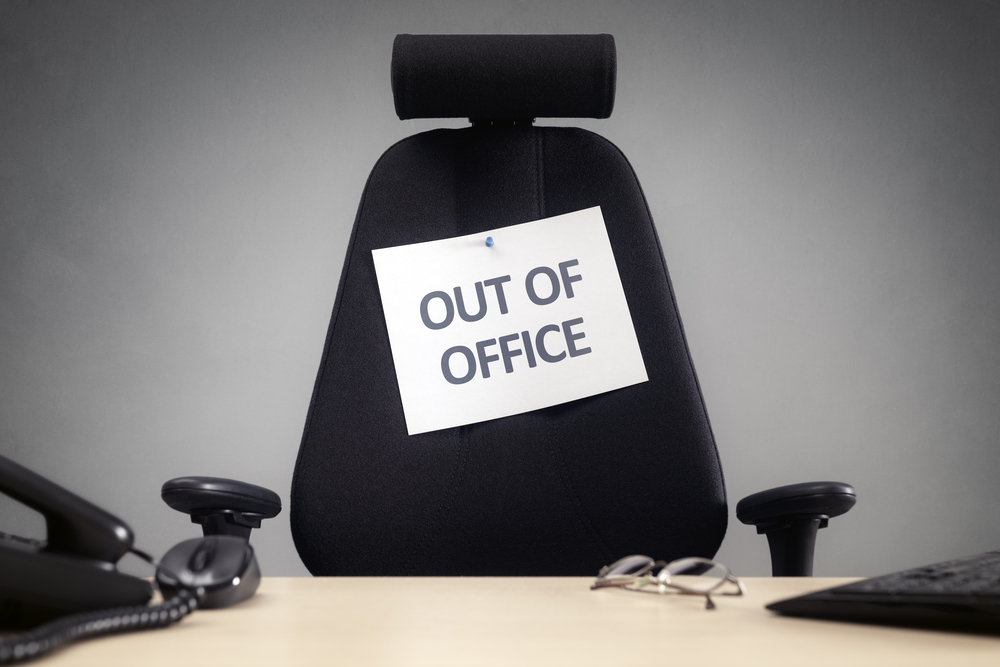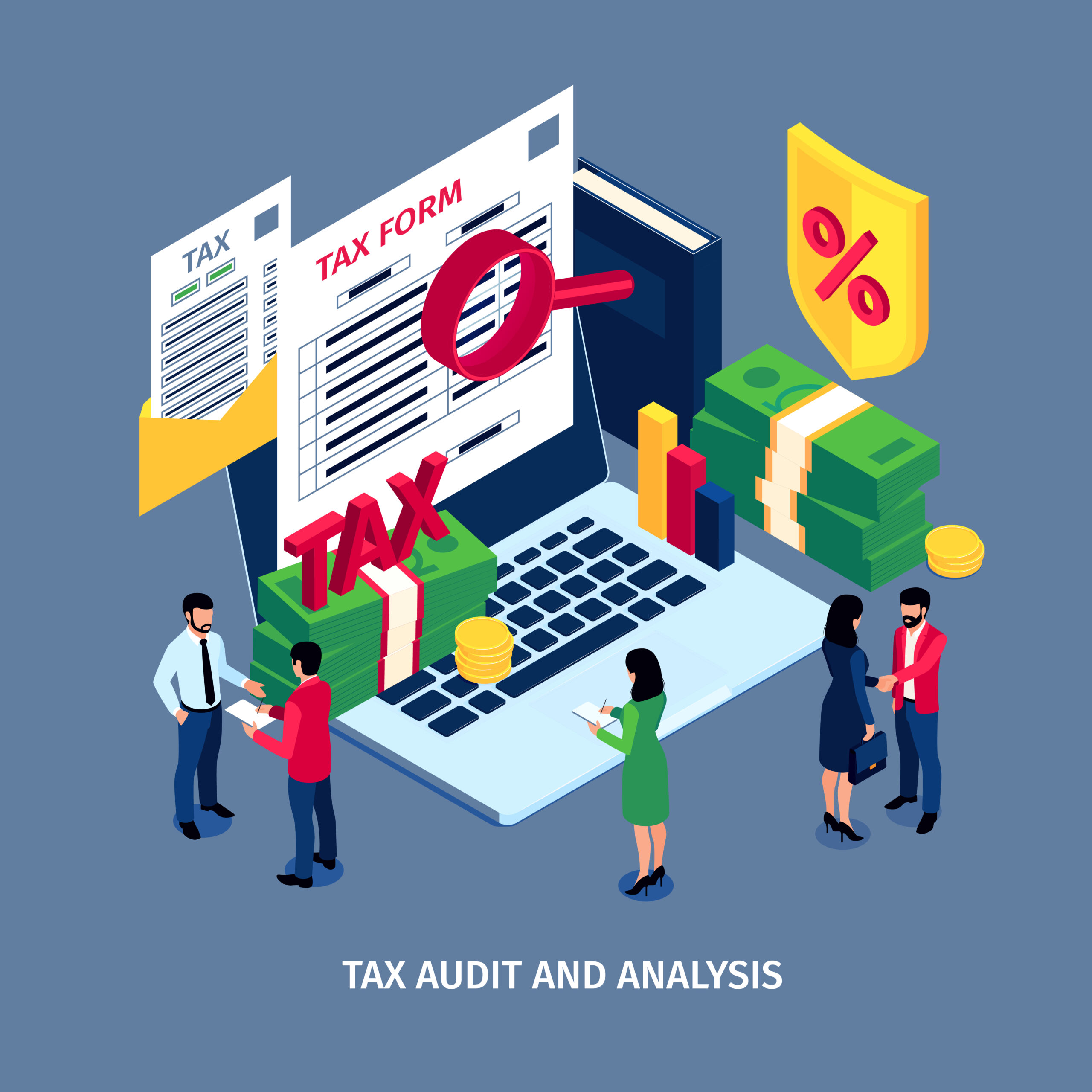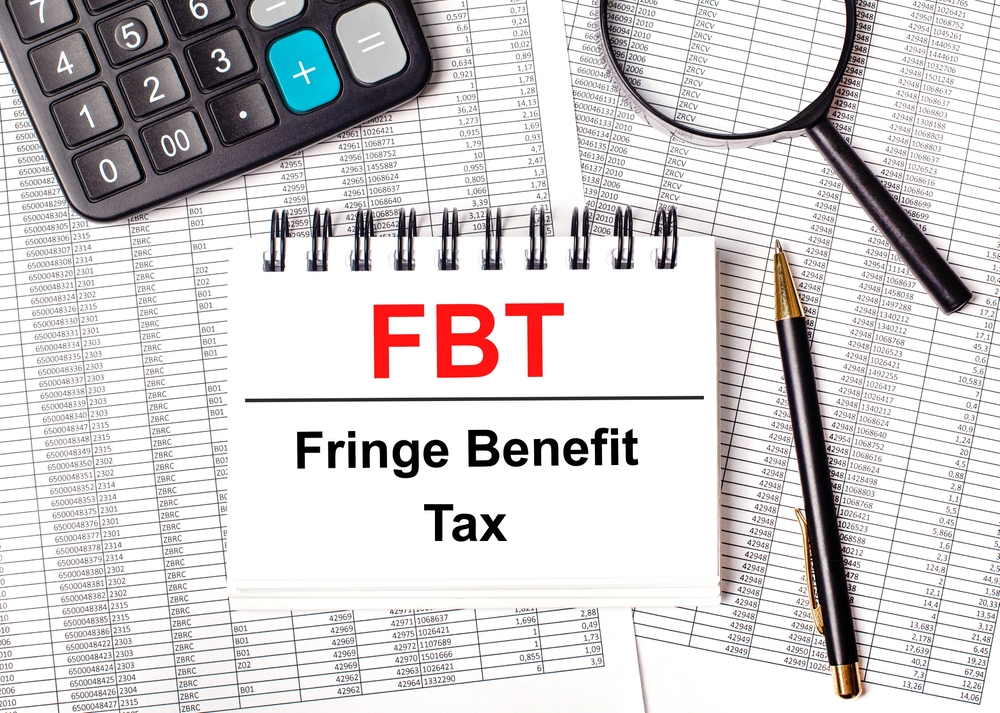Many Perth based family businesses are looking internationally for growth. And as soon as you talk about dealing offshore you will start talking about foreign exchange risks.
For example:
Perth Business Accountants Pty Ltd (PBA) has a contract to sell USD $1m a month in business advisory services. The contract will last for 3 years.
The current cost of wages and so forth is AUD $1.1m a month. So the contract should make PBA $233k a month. The current exchange rate is 75 cents so the USD $1m a month, in Australian dollars, is worth AUD $1.33m.
However if Aussie dollar strengthened and reached, say $1 for $1, then PBA would lose $100k a month.
When a family business is looking at long term supply or sale contracts in another currency they will always look at attempting to reduce the risk of the exchange rate moving against them.
What is the spot rate?
The spot rate is the rate between two currencies right now. It is always shown against the USD because foreign exchange is always done with the USD as the changeable currency (if you are moving to a currency other than USD you first trade USD and then to the other currency).
What is the forward rate?
The forward rate is the rate for FX currency at a future point in time. The forward rate can be set by a forward contract or an option.
Determining forward prices.
The driving force between FX pricing is interest rates.
John can borrow USD $10m money in the US at 0.5% a year.
John can invest that USD $10m into an Australian bank and earn 3% a year.
The cost of the FX hedge for a year will be 2.5%.
So in effect the movement in interest rates will drive FX prices up and down. There is a lot of FX traders in the world actively seeking FX positions that are not properly priced and then exploit that position. Ultimately these traders will change the demand for the currency under-priced and move it back to a market price.
A soft hedge
One simply way of addressing exchange rate risk is to use a “soft hedge”. In effect if your sales and your purchases in a foreign currency are of the same amount then any adverse effect from a sales perspective will be a positive effect from a purchasing side of things.
A good accountant can help the family business by reviewing the total forecast sales and purchases and ensuring that the soft hedge position that exists is not hedged again with a bank or a FX broker.
Another way of structuring a soft hedge is to arrange for your suppliers to carry some risk for the FX position.
An exposed position
Any attempt at reducing your currency risk will almost always carry an element of cost. In effect you want somebody else to take on your risk and, understandably, that somebody else will want to get paid for it.
A family business with a very long term outlook could decide that they can “self insure” their foreign currency risk. The exchange rates, long term, move in cycles and the family can weather the ups and downs of the currency market.
This approach takes a very disciplined attitude and the family must have large cash reserves to prevent a disaster happening. Sadly foreign exchange markets can move very quickly and this change can be frightening.
Collar and cuff
Quite often a business will be comfortable with the exchange rate and the profit set by a proposed contract. In the example given for PBA they can look at two positions.
If the AUD strengthens against USD they will lose money.
If the AUD weakens against the USD they will make money.
So PBA could enter into a contract to sell AUD at 75 cents and also enter into a contract to buy USD at 75 cents. The double role of the collar and cuff will significantly reduce the cost of the future hedge as the contract loses both the upside and the downside of the transaction.
The risk of FX
In FX markets the cost of buying a contract is not your only investment. The cost of the contract is simply that – however the end position can mean that your losses exceed the cost of the contract.
Gavin buys a forward contract to purchase USD $1m in 12 months time.
The contract costs him $500.
The current exchange rate is 75 cents. So he is liable to pay AUD $1.33m.
In 12 months time the FX rate is $37.5.
Gavin is required to now sell AUD $2.66m to fulfil the contract.
Key takeway
Understanding your business FX position and future cashflow effect requires a lot of thought and consideration. The losses from dealing internationally can be large and out of your control. And the costs of hedging can be so significant that you might not want to consider going overseas.
What is important is that you take a collaborative approach to the matter. Your family business needs to engage a great FX dealer and you then need a quality professional by your side who is independent and impartial as to the transaction.



